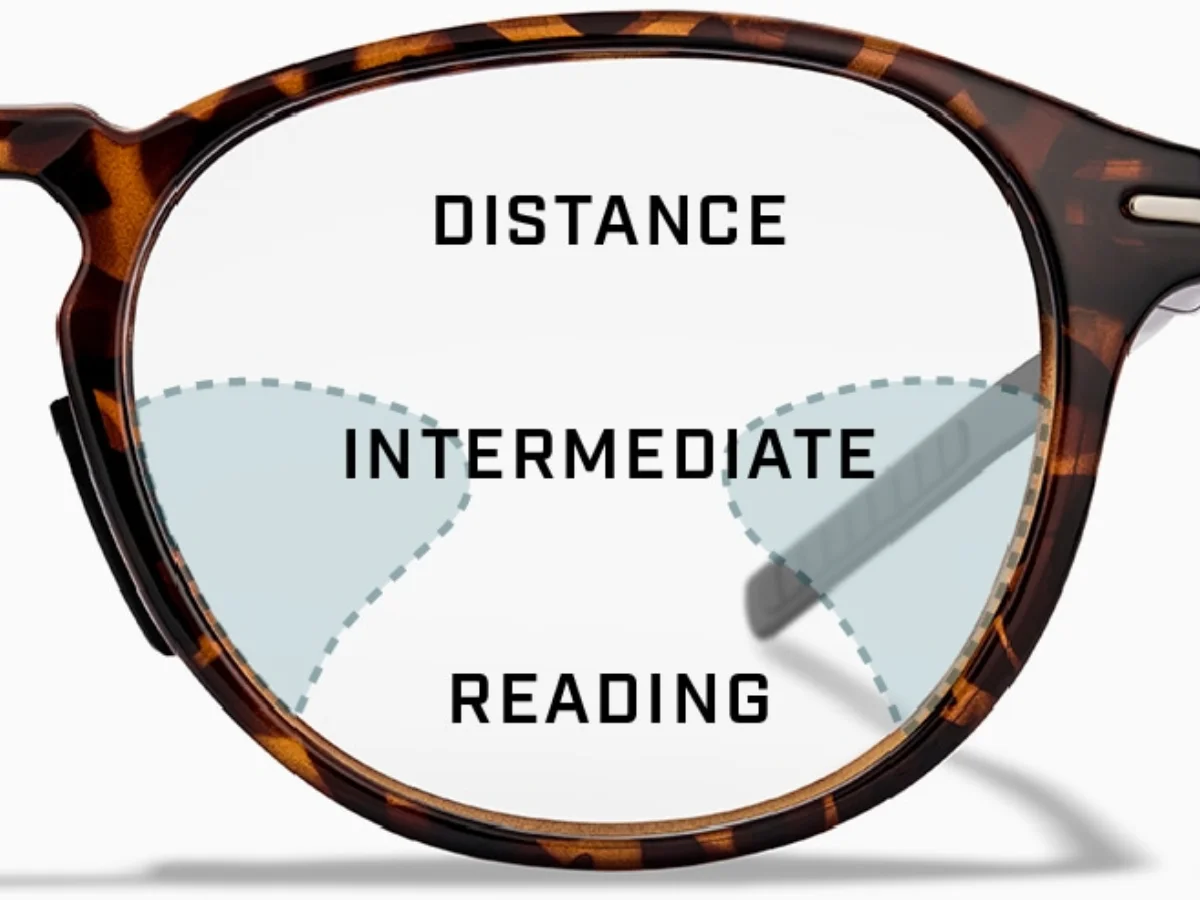Progressive lenses, often referred to as multifocal lenses, have revolutionized the eyewear industry by providing a seamless solution for individuals with both near and far vision problems. These lenses offer a convenient alternative to traditional bifocals or reading glasses. However, like any optical solution, progressive lenses come with their own set of challenges and issues that users may encounter. In this article, we will explore some common problems with progressive lenses and provide solutions and tips to address them.
1. common problems with progressive lenses
Progressive lenses have become a popular choice for those who need correction for both distance and close-up vision. They eliminate the need for multiple pairs of glasses and provide a more natural and aesthetically pleasing solution. However, they are not without their challenges.
2. What Are Progressive Lenses?
Progressive lenses are eyeglass lenses with three prescriptions in one. They have no visible line and seamlessly transition from one prescription to another, allowing users to see clearly at different distances. The upper portion of the lens is for distance vision, the middle for intermediate tasks like computer work, and the lower for reading or close-up work.
3. Common Problems with Progressive Lenses
Blurry Peripheral Vision
One of the most common issues with progressive lenses is blurry peripheral vision. Users may notice distortion and blurriness when looking at the sides. This is due to the design of progressive lenses, which prioritizes the central area for different focal lengths.
Difficulty Adjusting
Many people find it challenging to adapt to progressive lenses, especially if they are new to multifocal glasses. The transition between distance and near vision can be disorienting initially.
Eye Strain
Extended use of progressive lenses, especially when working on a computer or reading for prolonged periods, can lead to eye strain. This can result from improper positioning of the lenses or the need for an updated prescription.
Distorted Vision
Some users experience distortion, particularly in the intermediate zone of progressive lenses. This can make tasks like using a computer or reading a bit uncomfortable.
Narrow Reading Area
The reading area in progressive lenses is limited compared to single-vision reading glasses. Users may need to find the exact position for optimal reading clarity.
Lens Scratches
Like any eyeglass lenses, progressive lenses are susceptible to scratches. These scratches can impair vision and need to be addressed.
4. Solutions and Tips
Regular Eye Exams
Regular eye exams are essential to ensure your prescription is up-to-date. An accurate prescription can significantly reduce problems associated with progressive lenses.
Proper Frame Fitting
Having your frames properly fitted by an experienced optician is crucial. The correct placement of the lenses in the frames is essential for optimal vision.
Gradual Adaptation
It’s common to take some time to adjust to progressive lenses. Gradually adapt to them by tilting your head slightly when looking at different distances.
Choosing the Right Design
Discuss your lifestyle and vision needs with your optometrist. They can help you choose the right progressive lens design tailored to your specific requirements.
Lens Care and Maintenance
Regularly clean your progressive lenses with a microfiber cloth and lens cleaner to prevent scratches and maintain clarity.
5. Conclusion
Progressive lenses offer a versatile solution for vision correction, but they may come with challenges like blurry peripheral vision, difficulty adjusting, and eye strain. Fortunately, with the right tips and solutions, many of these issues can be addressed effectively. By maintaining regular eye exams, getting the proper frame fitting, and adopting gradual adaptation techniques, you can enjoy the benefits of progressive lenses without common problems.
6. FAQs
Q1: How long does it take to get used to progressive lenses?
A1: It varies from person to person, but most users adapt within a few days to a couple of weeks.
Q2: Can I use progressive lenses for sports or outdoor activities?
A2: While it’s possible, it’s not the best choice for fast-moving activities. Single-vision lenses are often recommended for sports.
Q3: Are there alternative options to progressive lenses for presbyopia?
A3: Yes, alternatives include bifocal or trifocal lenses, reading glasses, or multifocal contact lenses.
Q4: How can I prevent scratches on my progressive lenses?
A4: Use a microfiber cloth and lens cleaner for cleaning, and store your glasses in a protective case when not in use.
Q5: Can I drive with progressive lenses?
A5: Yes, progressive lenses are suitable for driving, as they provide clear vision for both the dashboard and the road ahead.
Read more: https://www.rozyjos.com/
More Related:
Do You Need Insurance with a Learner’s Permit: Insights from Geico
Becoming a Geico Agent: Your Path to a Rewarding Career
Geico PCN Automatically Rescinded: Understanding the Process
Does Geico Cover Rental Cars While Your Car Is in the Shop?
Does Removing a Driver Lower Insurance with Geico?
What Happens if My Progressive Payment Is Returned by the Bank?

